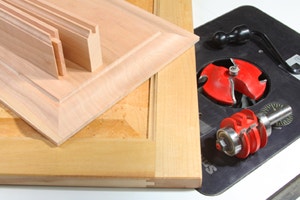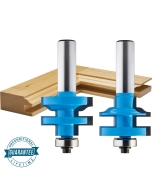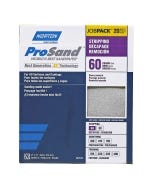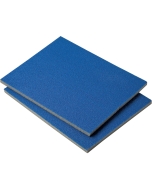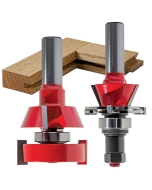Should You Sand Routed Profiles?
After routing profiles on rails and stiles for a cabinet door (which will be finished natural or stained), does it make any difference whether one sands them or not? In other words, if you don’t sand them, and the rest of the rail or stile is sanded, will it stand out like a sore thumb? – Michael Sosebee
Chris Marshall: I think I can guess the root of your question, Michael, because I've thought the same thing myself: "Do I have to sand the routed profiles ... because sanding them isn't much fun." And, my answer is, it all depends on what your expectations are for the final outcome. If your router and bit do a great job of cutting the profile (nice and clean, no burn marks, bits of torn grain or tiny repeating knife marks that are telltale signs of a machine cutter), you might be able to get away with not sanding the profiles. Especially if you are finishing your cabinet doors with a clear topcoat in a satin sheen: satin is pretty forgiving. But, if you go with a glossy finish, just watch the little imperfections you didn't think you had suddenly jump to life in the right light. And, if you decide to stain the doors, definitely sand the profiles to the same final grit as you finish-sanded the rails and stiles. Pigment-based stain has a nasty habit of showing off the blemishes in our projects we'd rather hide. It also will highlight differences in scratch patterns left by sandpapers of varying grits. Do a thorough job of sanding, though, and you won't be hiding anything. Sanding a routed profile isn't as easy as the flat areas, but a small sanding block made from soft foam can help fit the routed shape and make the job a little easier.
Tim Inman: Sand those surfaces! The router will compress the surface fibers and "polish" them. When you finish over it, the look will be different than the sanded surface. Plus, in just the right light, you will be able to see little ripples from the cutter compressions. You don't need to work up a sweat doing this. Just a swipe or two down the edge will do the trick. You're not trying to rub off the wood, just cut through the compressed surface. I like sanding sponges for this kind of work.
Keep the inspiration coming!
Subscribe to our newsletter for more woodworking tips and tricks
